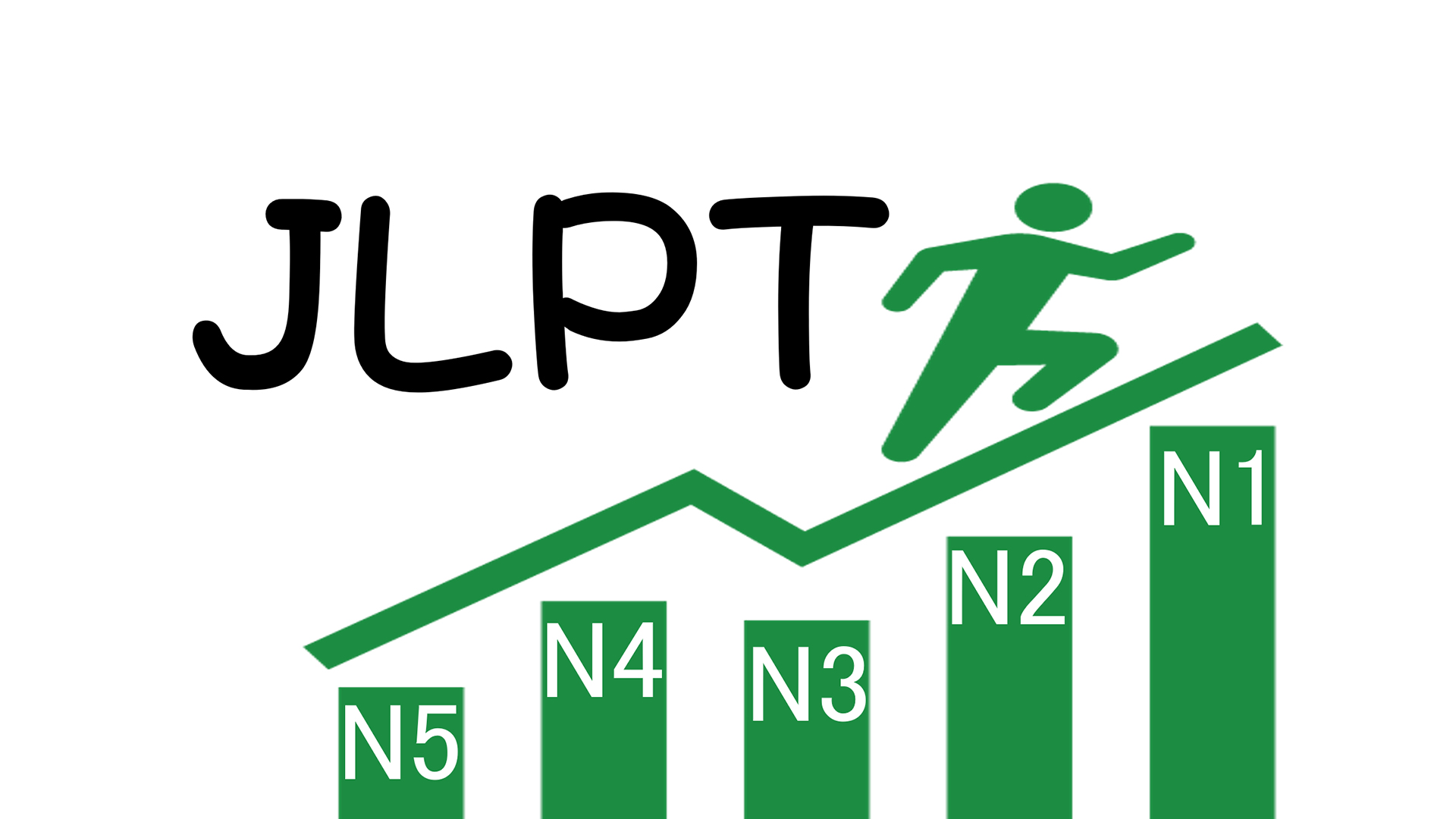
Test Preparation
If you’re moving to Japan to study Japanese, chances are you’ll be looking to take the JLPT—the Japanese Language Proficiency Test (日本語能力試験、に ほんごのうりょくしけん). The JLPT can come in handy, especially for those looking to stay over Japan long-term.
The JLPT is a standardized test that evaluates and certifies Japanese language proficiency. In Japan and select other countries it’s held twice a year, while in other countries only once a year. Once you pass, certificates of completion never expire.
The format
Organized from N5 (easiest) to N1 (advanced), the JLPT covers language, reading, and listening. At N5 and N4, candidates should be able to understand some basic Japanese. This means being able to read hiragana, katakana, and basic kanji, as well as comprehend basic conversation in daily life when spoken slowly. At N3, one should be able to get a grasp of summary headlines on newspapers and understand everyday conversations at a natural speed. N2 and N1 is where things get to a pretty high level.
N2 test takers should be able to read newspapers and magazines as well as be able to comprehend TV news at a natural speed. If you’re ready to take N1, chances are you’re far past needing any of my information! This encompasses reading complex articles that cover a variety of topics, and being able to listen in and go into detail about lectures or conversations.
The test is scored such that passing requires an overall pass in addition to passing each section individually. There is leeway, and the overall pass mark does depend on the level. The N5, for example, is 80/180 (44.44%) while in the N1, it’s 100/180 (55.55%). Now that you know the layout, let’s get to the studying part!
